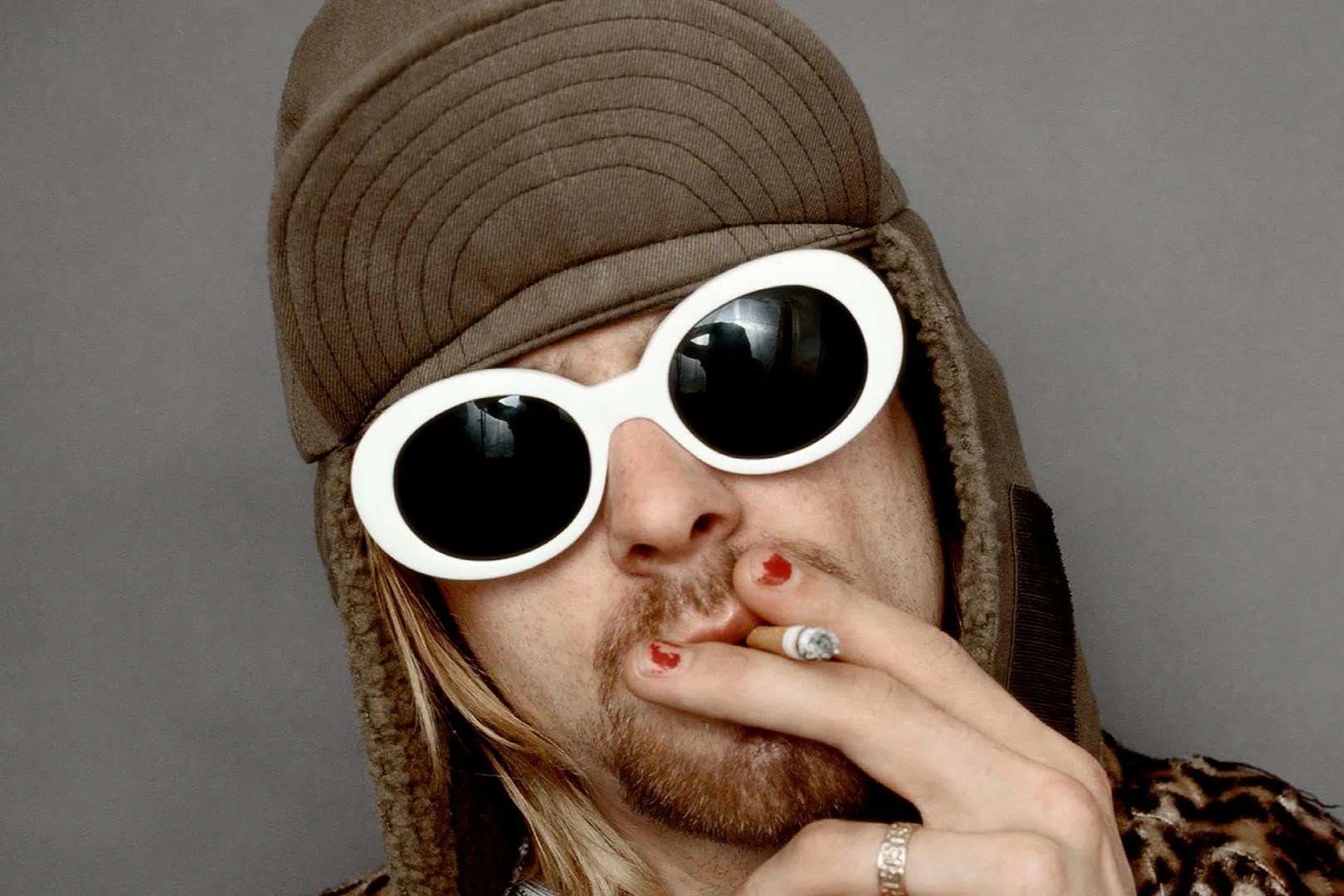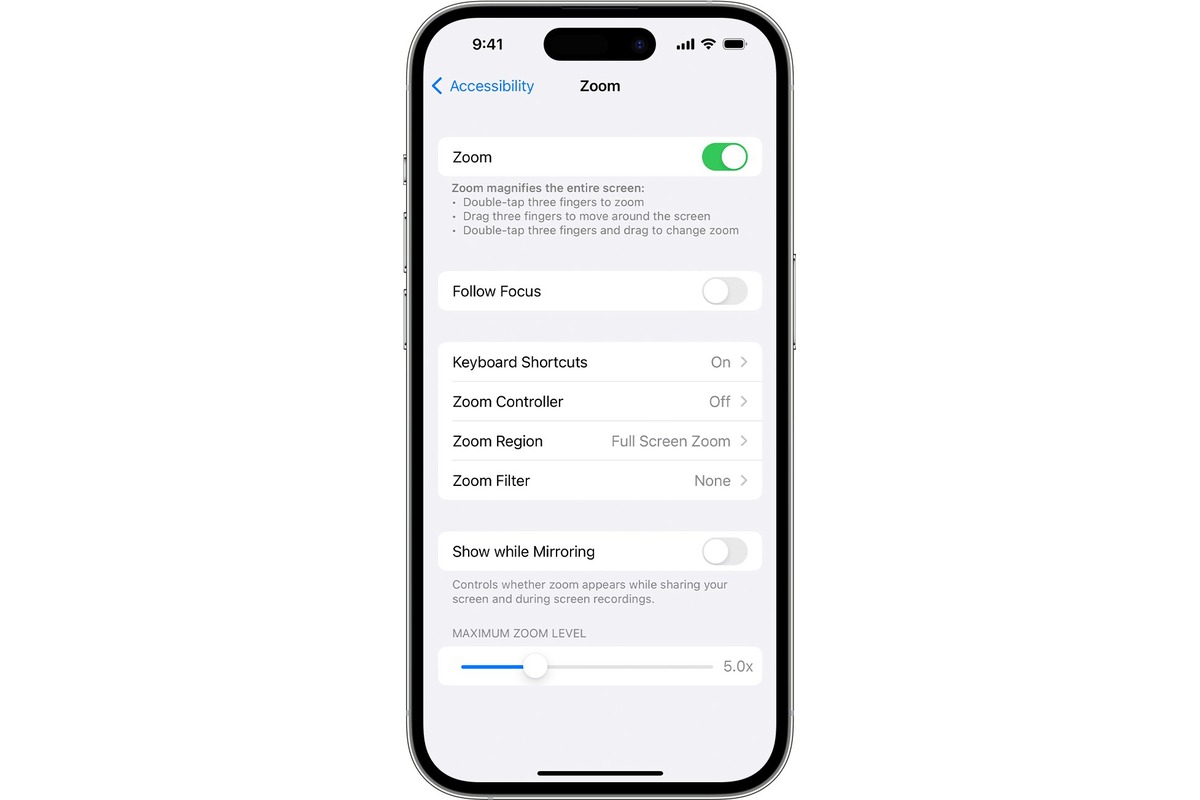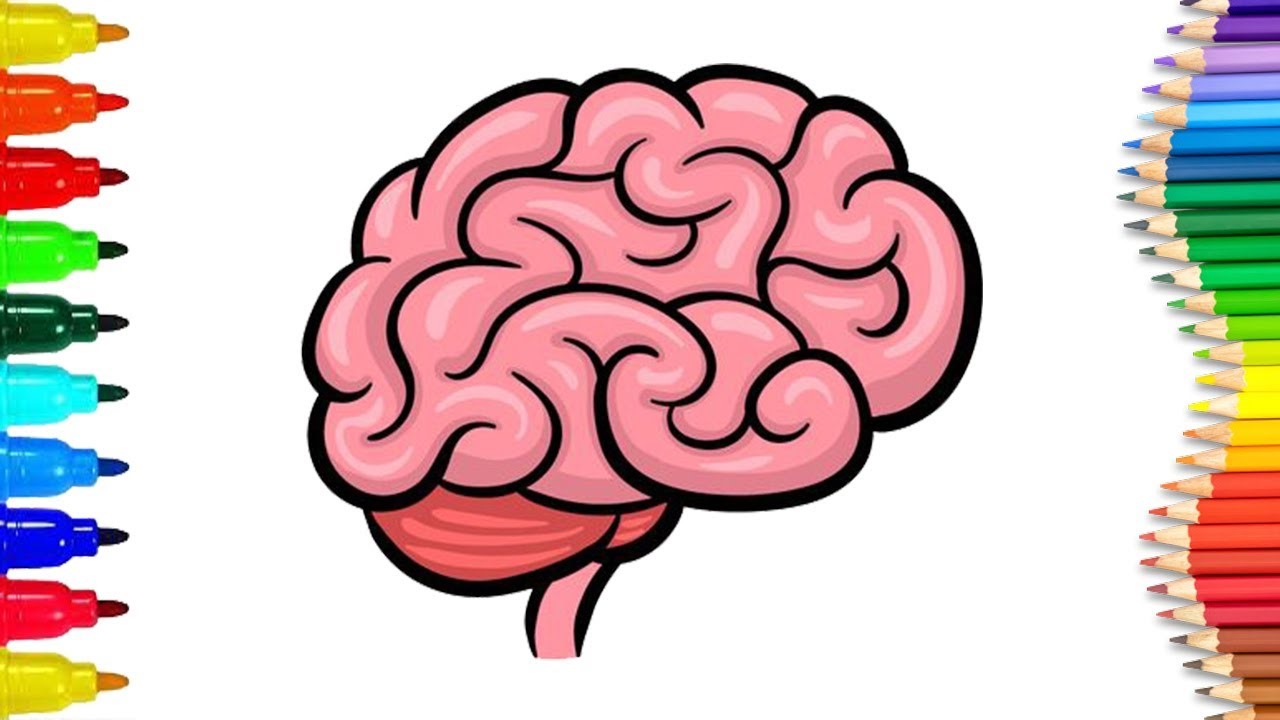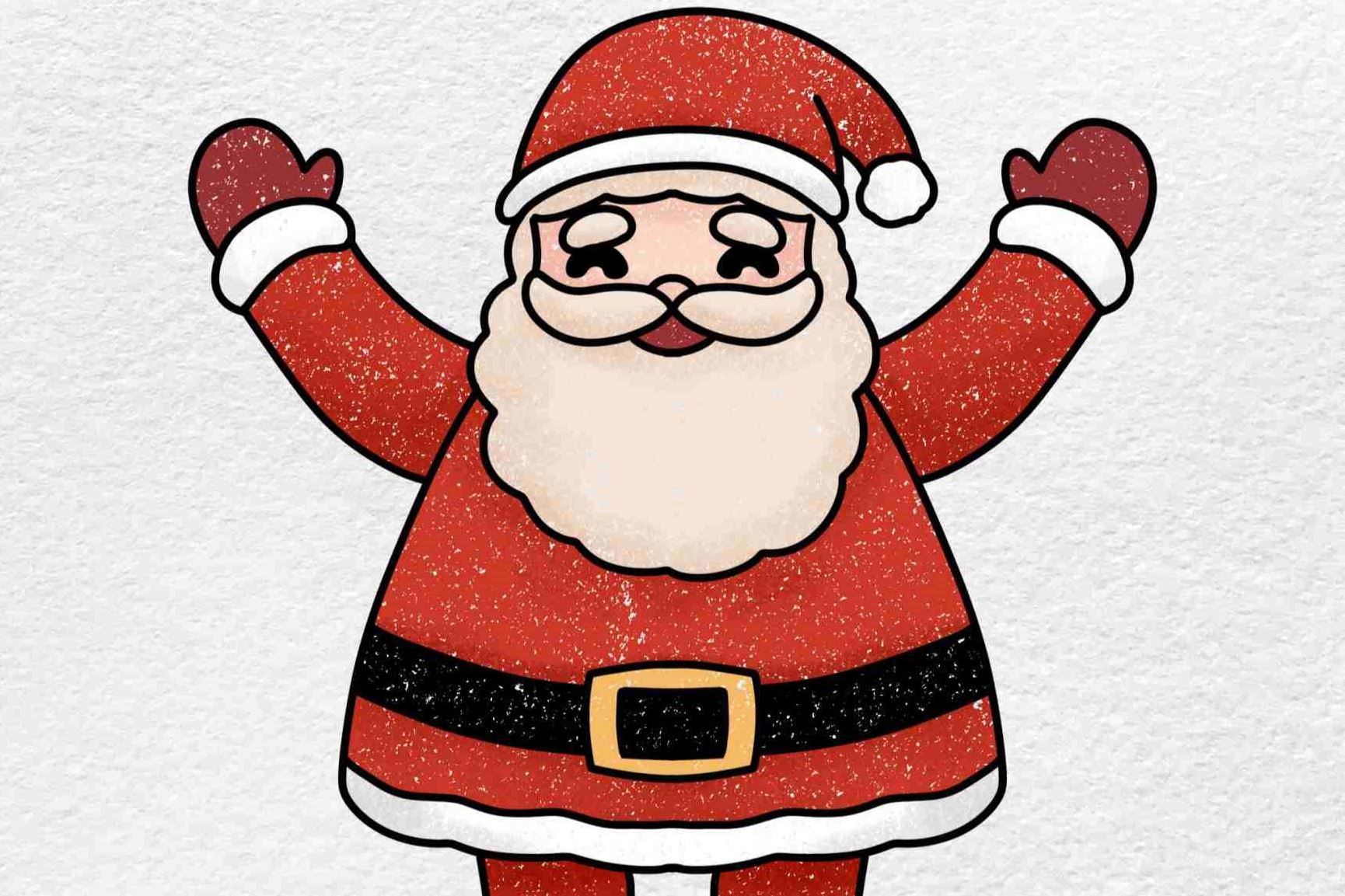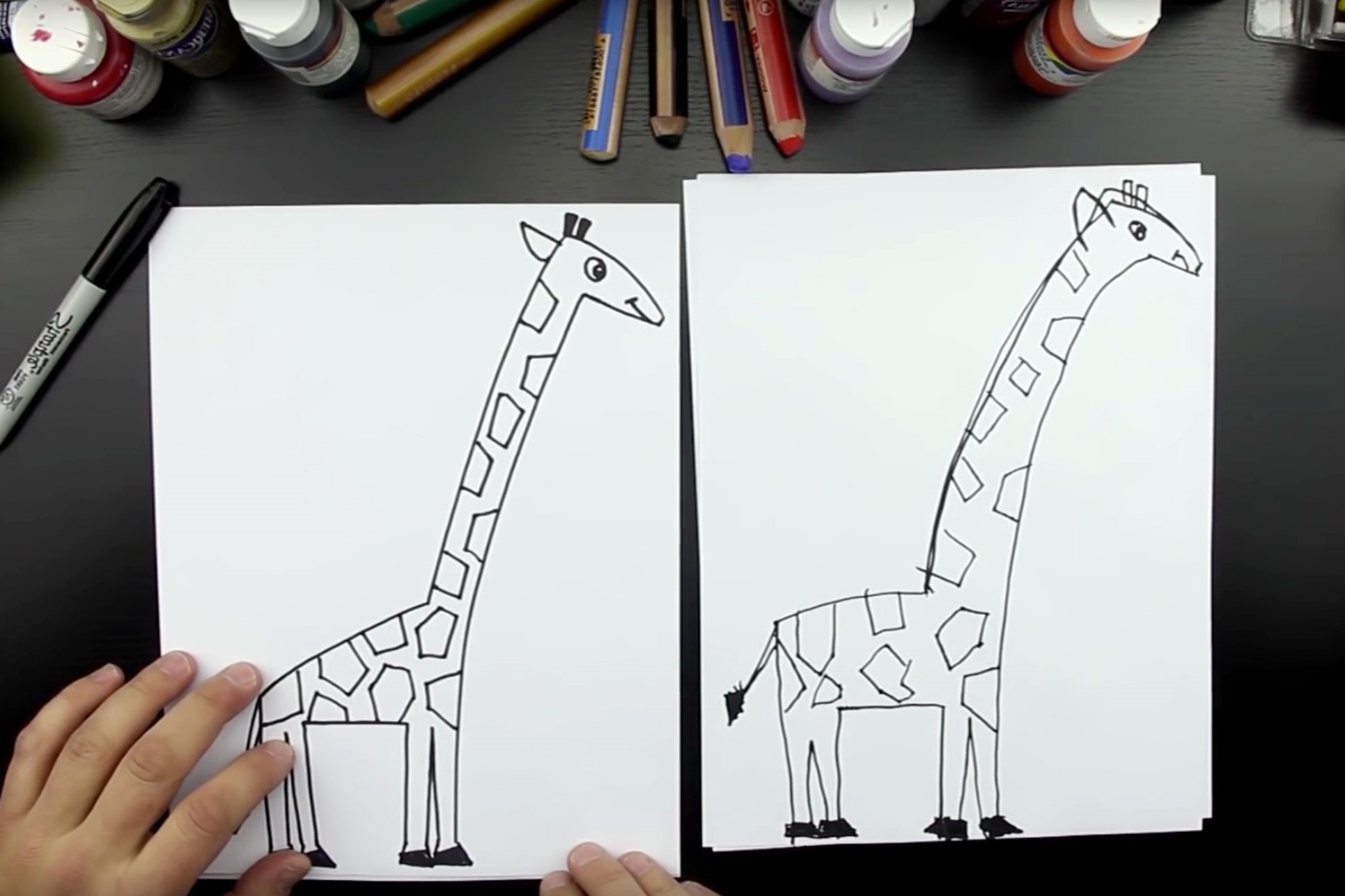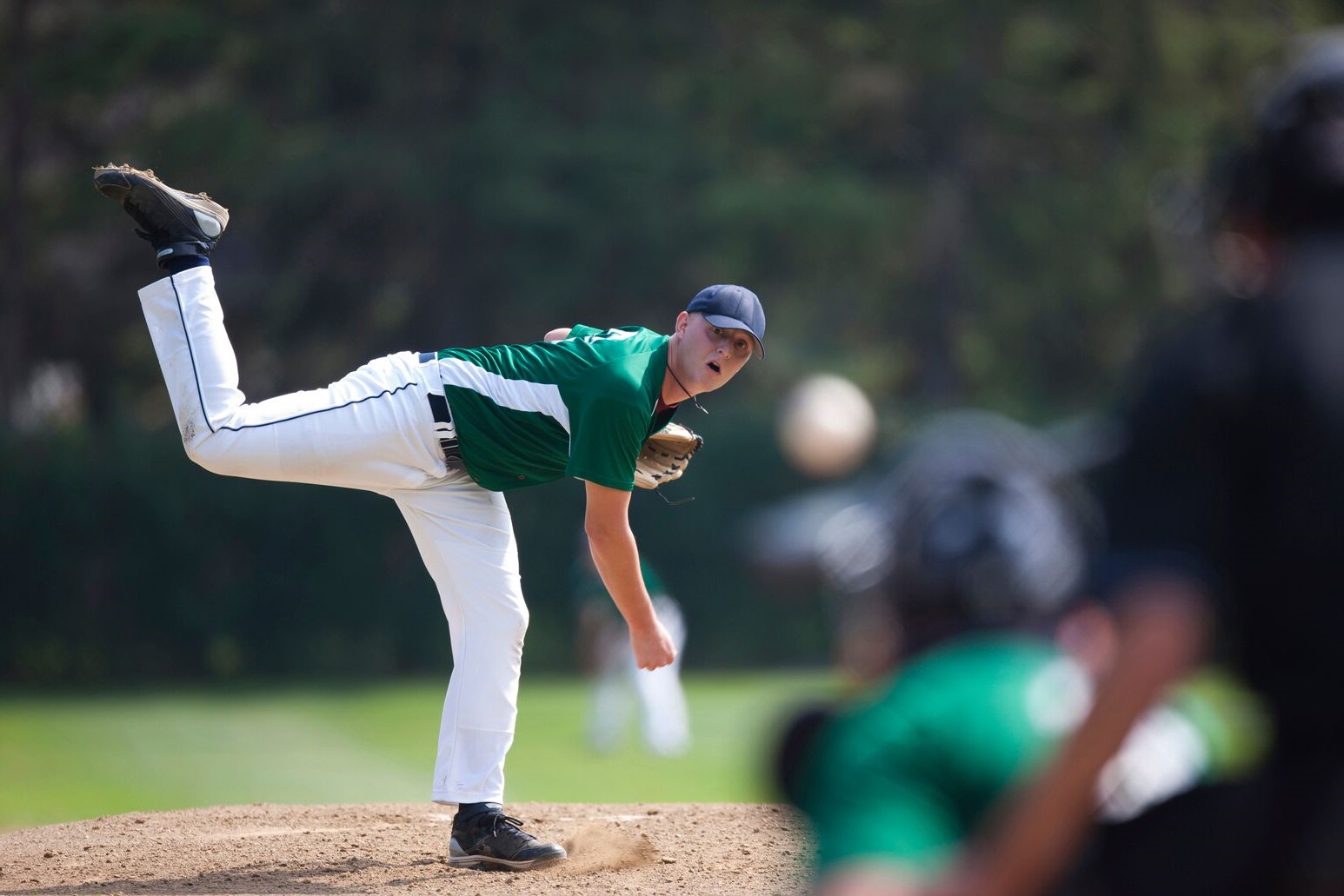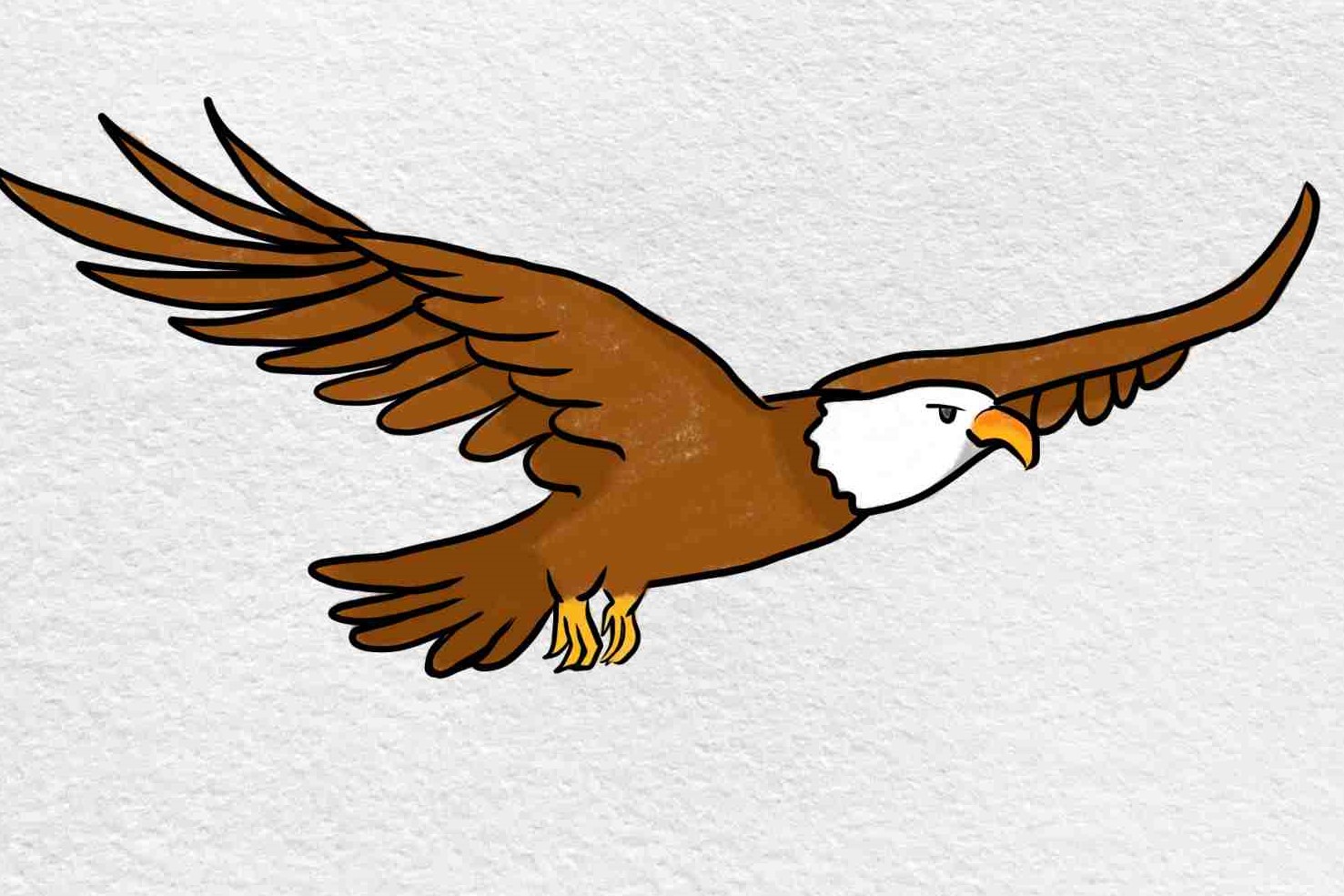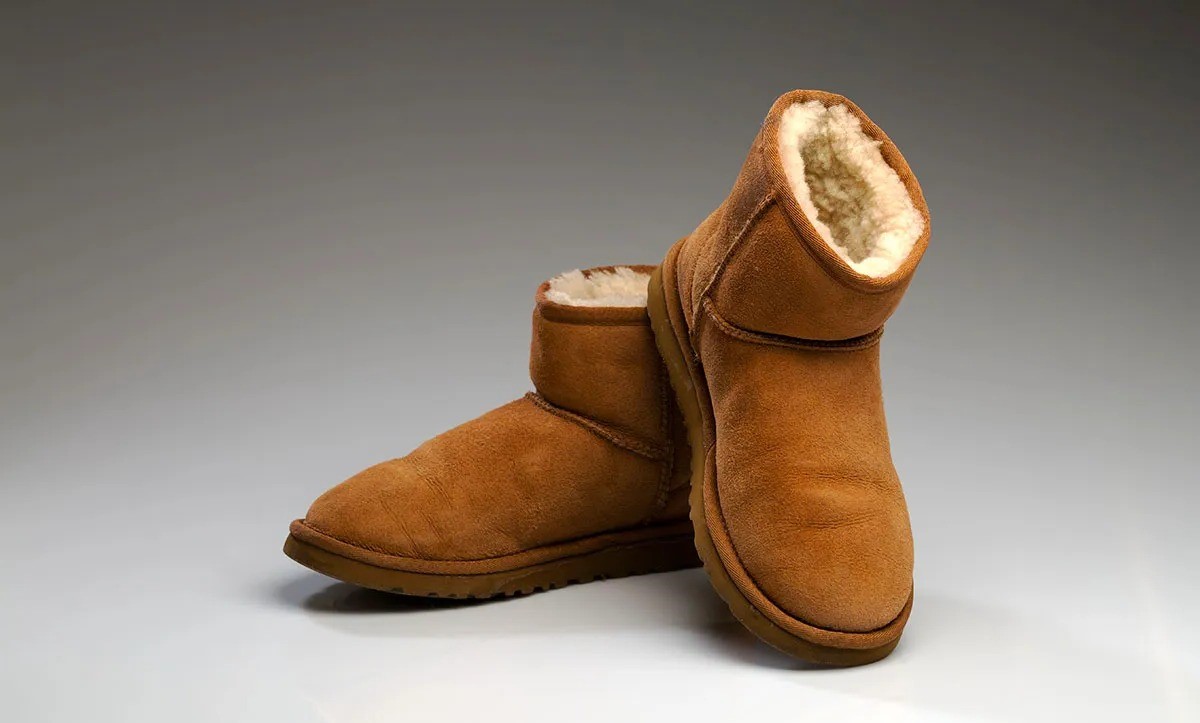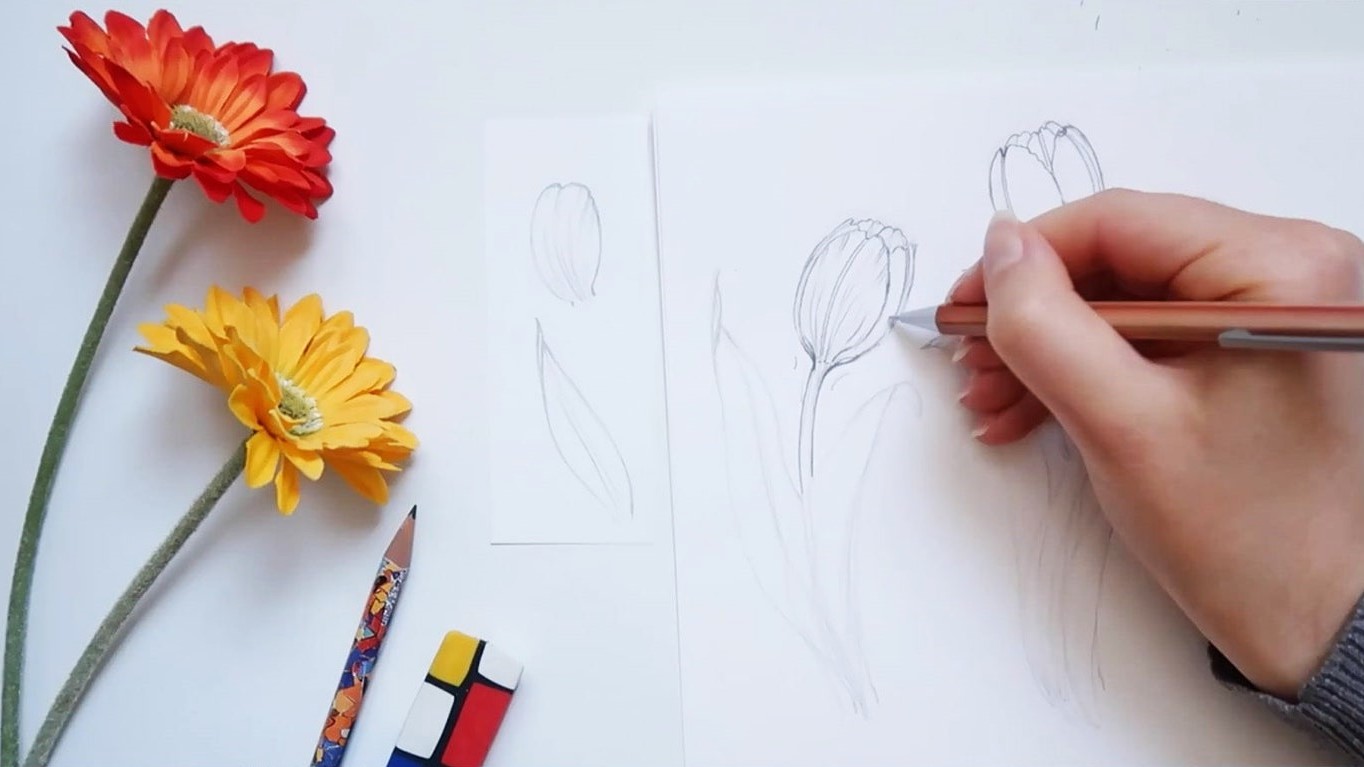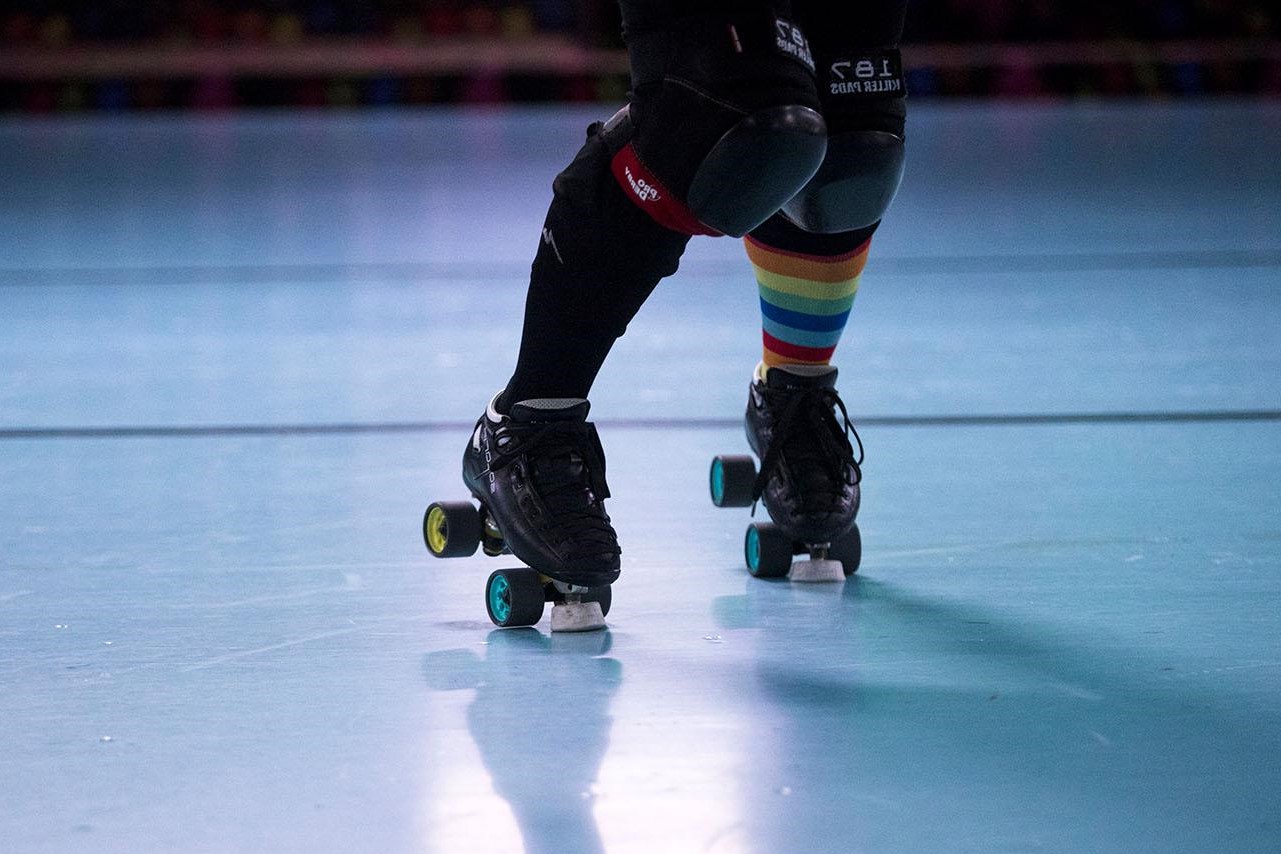

Sports
How To Skate Backwards
Published: February 25, 2024
Learn the essential techniques and drills for skating backwards in sports. Master the art of backward skating with our expert tips and guidance.
(Many of the links in this article redirect to a specific reviewed product. Your purchase of these products through affiliate links helps to generate commission for Noodls.com, at no extra cost. Learn more)
Table of Contents
Introduction
Skating backwards is a fundamental skill in various sports such as ice hockey, figure skating, and rollerblading. Mastering this technique not only enhances your overall performance but also adds an element of finesse to your skating repertoire. Whether you're a novice skater or aiming to refine your backward skating abilities, understanding the key principles and practicing consistently can significantly improve your proficiency in this area.
Skating backwards requires a unique set of skills and coordination that differ from forward skating. It involves precise footwork, balance, and spatial awareness. By learning to skate backwards, you expand your maneuverability on the ice or roller rink, enabling you to react swiftly to changing game scenarios or perform elegant routines in figure skating.
In this comprehensive guide, we will delve into the essential aspects of skating backwards, providing valuable insights and practical tips to help you navigate this skill with confidence. From mastering the proper stance and pushing techniques to maintaining balance and executing turns and stops, this guide will equip you with the knowledge and techniques necessary to elevate your backward skating prowess.
Whether you're a competitive athlete honing your skills for the next game or an enthusiast seeking to enhance your recreational skating experience, the journey to mastering backward skating begins here. Embrace the challenge, stay committed to the process, and let's embark on this exhilarating journey to unlock the art of skating backwards.
Read more: How To Roller Skate
Getting Started
Before delving into the intricacies of skating backwards, it's essential to establish a strong foundation and mindset for learning this skill. Whether you're a beginner or seeking to refine your technique, getting started on the right foot sets the stage for a successful backward skating journey.
First and foremost, familiarize yourself with the basic principles of forward skating. Understanding the mechanics of forward propulsion and weight distribution will provide a valuable reference point as you transition to skating in reverse. By honing your forward skating abilities, you'll develop a deeper kinesthetic understanding of how your body moves on the ice or roller rink, which is instrumental in mastering backward skating.
Next, equip yourself with the appropriate gear. Whether you're on ice or wheels, ensure that your skates are properly fitted and well-maintained. Comfortable and supportive footwear is crucial for stability and control, especially when learning a new skating technique. Additionally, safety gear such as helmets, knee pads, and wrist guards are essential for protecting yourself as you venture into the realm of backward skating.
Once you're geared up, find a suitable practice area. A spacious and smooth surface, free from obstacles and hazards, provides an ideal environment for learning and refining backward skating. Whether it's an ice rink, roller rink, or a designated skating area, having ample space to maneuver will bolster your confidence and allow for uninterrupted practice sessions.
Lastly, adopt a positive and patient mindset. Learning to skate backwards is a gradual process that requires perseverance and a willingness to embrace challenges. Approach each practice session with an open mind, and celebrate small victories along the way. Embracing a growth-oriented mindset will not only enhance your learning experience but also foster a deeper appreciation for the artistry of backward skating.
By laying the groundwork with these essential steps, you're poised to embark on a rewarding journey towards mastering the art of skating backwards. With the right mindset, equipment, and practice environment, you're primed to delve into the intricacies of proper stance, pushing techniques, and maintaining balance as you venture into the captivating realm of backward skating.
Proper Stance
Mastering the proper stance is the cornerstone of proficient backward skating. A solid and balanced stance forms the foundation for executing smooth and controlled movements on the ice or roller rink. When assuming the backward skating position, several key elements come into play, each contributing to stability, agility, and overall performance.
To begin, stand with your feet shoulder-width apart, maintaining a slight bend in the knees. This stance facilitates a lower center of gravity, enhancing stability and maneuverability as you transition into backward motion. Keeping your knees flexed also allows for greater control and responsiveness, crucial for adjusting to varying speeds and directional changes while skating in reverse.
As you settle into the stance, ensure that your weight is evenly distributed between both feet. This balanced weight distribution optimizes stability and minimizes the risk of losing control or veering off course. By centering your weight, you establish a strong and steady foundation, essential for executing precise movements and maintaining control throughout your backward skating endeavors.
Furthermore, maintain an upright posture with a slight forward lean from the ankles. This posture promotes a natural alignment of the body, empowering you to engage your core muscles and maintain a strong, yet flexible, upper body position. By leaning slightly forward, you position yourself to initiate powerful pushes and swift directional adjustments, harnessing the full potential of your body's kinetic energy.
In addition to the lower body positioning, focus on the alignment of your shoulders and arms. Keep your shoulders squared and relaxed, allowing for fluid and unrestricted movement. Your arms should be positioned comfortably at your sides, ready to assist in maintaining balance and providing subtle adjustments as you navigate the backward skating terrain.
By adhering to these fundamental principles of proper stance, you lay the groundwork for a seamless transition into backward skating proficiency. The balanced weight distribution, flexed knees, upright posture, and relaxed upper body positioning collectively contribute to a stable and agile foundation, empowering you to embark on the next phase of mastering backward skating techniques with confidence and finesse.
Pushing Technique
The pushing technique is a pivotal aspect of backward skating, serving as the primary mechanism for generating propulsion and maintaining momentum. Mastering this technique is essential for executing smooth and controlled movements while skating in reverse. By understanding the nuances of the pushing technique and honing its execution, skaters can enhance their agility, speed, and overall proficiency in backward skating.
When initiating the pushing motion, begin by positioning your feet in a parallel stance, with your knees flexed and your weight evenly distributed. This foundational posture sets the stage for executing powerful and precise pushes, enabling you to propel yourself backward with efficiency and control. As you prepare to push off, focus on engaging your leg muscles, particularly the quadriceps and glutes, to generate the necessary force for backward propulsion.
To execute the push, extend one leg diagonally behind you, applying pressure to the inside edge of the skate blade. This diagonal extension optimizes the transfer of energy and facilitates a fluid and efficient push-off. Simultaneously, utilize the opposite leg to maintain stability and balance, ensuring that your body remains centered and aligned throughout the pushing motion.
As you push off, emphasize a smooth and continuous motion, harnessing the power of your leg muscles to propel yourself backward. Avoid abrupt or jerky movements, as these can disrupt your momentum and compromise stability. Instead, strive for a rhythmic and controlled pushing rhythm, allowing for seamless transitions between each propulsion phase.
Furthermore, leverage your arms to complement the pushing motion. As you extend one leg behind you, synchronize the movement by swinging the opposite arm forward. This coordinated arm action not only enhances the fluidity of the push but also contributes to overall balance and coordination. By integrating the movement of your arms with the pushing technique, you create a harmonious and synchronized propulsion mechanism, maximizing your backward skating capabilities.
Throughout the pushing motion, maintain a keen focus on your body's alignment and posture. Keep your core engaged and your upper body stable, allowing for efficient energy transfer and optimal balance. By aligning your body and coordinating the movements of your legs and arms, you establish a cohesive and dynamic pushing technique that propels you with precision and grace.
By mastering the intricacies of the pushing technique, skaters can elevate their backward skating prowess, unlocking a realm of fluidity, speed, and control. Through consistent practice and mindful execution, the pushing technique becomes second nature, empowering skaters to navigate the ice or roller rink with confidence and finesse. Embrace the artistry of backward skating, and let the pushing technique propel you to new heights of skill and proficiency.
Maintaining Balance
Maintaining balance is a critical aspect of mastering backward skating, as it directly influences stability, control, and overall performance on the ice or roller rink. Achieving and sustaining equilibrium while skating in reverse requires a combination of physical awareness, core strength, and precise weight distribution. By honing the art of maintaining balance, skaters can navigate the challenges of backward skating with confidence and finesse.
One of the fundamental principles of maintaining balance during backward skating is centered around core engagement. The core muscles, including the abdominals, obliques, and lower back muscles, play a pivotal role in stabilizing the body and facilitating controlled movements. By consciously engaging the core, skaters can establish a strong and resilient center of gravity, enabling them to adapt to shifts in momentum and directional changes with poise and agility.
In addition to core engagement, maintaining balance in backward skating involves a keen awareness of weight distribution. Skaters must strive to evenly distribute their weight between both feet, fostering a sense of equilibrium and stability. This balanced weight distribution minimizes the risk of tipping or veering off course, allowing skaters to execute fluid and controlled movements with confidence.
Furthermore, the alignment of the upper body and head position significantly impacts balance during backward skating. Skaters should maintain an upright posture, with the head held high and the gaze focused ahead. This posture promotes a sense of spatial awareness and facilitates a clear view of the skating environment, empowering skaters to anticipate and respond to potential obstacles or changes in terrain.
As skaters navigate the intricacies of maintaining balance, they must also pay attention to their arm positioning and movement. The arms serve as subtle yet influential stabilizers, contributing to overall balance and coordination. By maintaining a relaxed and fluid arm position, skaters can make subtle adjustments to their balance, counteracting any shifts in momentum and enhancing their overall stability on the ice or roller rink.
By integrating these fundamental principles of maintaining balance, skaters can cultivate a heightened sense of stability, control, and grace while skating backwards. Through dedicated practice and mindful attention to core engagement, weight distribution, and body alignment, skaters can elevate their backward skating abilities, unlocking a realm of fluidity and precision on the ice or roller rink. Embrace the artistry of maintaining balance in backward skating, and let it propel you to new heights of skill and proficiency.
Turning and Stopping
Mastering the techniques for turning and stopping is essential for navigating the complexities of backward skating with confidence and control. Whether you're gliding gracefully on the ice or maneuvering with finesse on wheels, understanding the intricacies of turning and stopping empowers skaters to adapt to varying terrains, execute precise maneuvers, and ensure safety during backward skating endeavors.
Turning Techniques
When executing turns while skating backwards, skaters can employ several techniques to pivot and change direction seamlessly. One fundamental turning method involves initiating the turn by shifting the weight slightly towards the direction of the intended turn. This weight transfer facilitates the initiation of the turn, allowing skaters to pivot with agility and precision. As the turn progresses, maintaining a subtle lean in the direction of the turn enhances stability and control, enabling skaters to navigate the arc of the turn with finesse.
Another effective turning technique involves utilizing crossovers to execute tighter and more dynamic turns while skating backwards. By crossing one foot over the other in a fluid and coordinated motion, skaters can generate angular momentum, facilitating sharper turns and graceful transitions. This crossover technique harnesses the principles of weight transfer and coordinated footwork, empowering skaters to execute intricate turns with grace and fluidity.
Stopping Techniques
In the realm of backward skating, mastering effective stopping techniques is crucial for maintaining control and ensuring safety on the ice or roller rink. One fundamental stopping method involves utilizing the drag stop, where skaters gently apply pressure to the inside edges of their skates, creating friction against the skating surface. This controlled friction gradually slows down the skater's momentum, culminating in a smooth and controlled stop. By mastering the drag stop, skaters can confidently navigate varying speeds and terrains, seamlessly transitioning from backward motion to a complete stop with finesse.
Additionally, the snowplow stop technique offers an alternative method for halting backward momentum with precision and control. Skaters execute the snowplow stop by gradually widening their stance and angling the tips of their skates inward, creating a wedge shape that increases resistance against the skating surface. This deliberate widening of the stance and inward angling of the skates effectively slows down the skater's momentum, culminating in a graceful and controlled stop. By honing the snowplow stop technique, skaters can confidently navigate diverse skating environments, seamlessly transitioning from fluid backward motion to a poised and controlled stop.
By mastering the art of turning and stopping while skating backwards, skaters can elevate their proficiency and confidence on the ice or roller rink. Through dedicated practice and mindful execution of turning and stopping techniques, skaters unlock a realm of fluidity, precision, and safety, enhancing their backward skating experience with finesse and grace. Embrace the artistry of turning and stopping in backward skating, and let it propel you to new heights of skill and proficiency.
Practice Drills
Engaging in purposeful practice drills is instrumental in honing the skills and techniques essential for proficient backward skating. These drills not only reinforce fundamental principles but also foster muscle memory, agility, and spatial awareness, ultimately enhancing overall performance on the ice or roller rink. By incorporating a diverse range of practice drills into your training regimen, you can systematically refine your backward skating abilities and elevate your proficiency with precision and finesse.
Read more: How To Say “How You Say” In Spanish
1. Backward C-Cuts
The backward C-cut drill focuses on refining the pushing technique while emphasizing controlled and deliberate movements. Begin by assuming the proper backward skating stance and executing continuous C-cut motions with one leg while maintaining stability with the opposite leg. This drill enhances pushing efficiency, weight transfer, and edge control, laying the groundwork for fluid and powerful backward propulsion.
2. Figure 8 Patterns
Engaging in figure 8 patterns while skating backwards cultivates agility, spatial awareness, and turning proficiency. By navigating tight and controlled figure 8 loops in reverse, skaters refine their ability to execute precise turns, maintain balance, and adapt to varying directional changes. This drill enhances overall maneuverability and fosters a deeper kinesthetic understanding of backward skating dynamics.
3. Partner Drills
Partner drills offer an interactive and dynamic approach to backward skating practice. By pairing up with a fellow skater, participants can engage in synchronized backward movements, mirror drills, and assisted turning exercises. These drills not only enhance coordination and communication but also provide valuable feedback and support, fostering a collaborative and engaging practice environment.
4. Stop-and-Go Transitions
Mastering seamless transitions between backward skating and controlled stops is paramount for overall control and safety. The stop-and-go drill involves alternating between backward propulsion and deliberate stops, honing the snowplow stop and drag stop techniques. This drill reinforces the ability to modulate speed, execute precise stops, and seamlessly resume backward motion, enhancing overall control and confidence on the skating surface.
Read more: The Hidden Meaning Behind “How’s It Going?”
5. Obstacle Course Challenges
Integrating obstacle course challenges into backward skating practice introduces dynamic and adaptive elements, simulating real-world scenarios and enhancing skaters' ability to navigate diverse terrains. By maneuvering through strategically placed obstacles while skating in reverse, participants refine their spatial awareness, agility, and decision-making skills, fostering adaptability and resilience in challenging skating environments.
By integrating these diverse practice drills into your training regimen, you can systematically refine your backward skating abilities, elevate your proficiency, and unlock a realm of fluidity, precision, and control on the ice or roller rink. Embrace the artistry of purposeful practice, and let these drills propel you to new heights of skill and finesse in the captivating realm of backward skating.
Conclusion
In conclusion, mastering the art of skating backwards is a transformative journey that encompasses a blend of technical proficiency, physical coordination, and unwavering dedication. From establishing a solid foundation with the proper stance to honing the intricacies of pushing techniques, maintaining balance, executing turns and stops, and engaging in purposeful practice drills, the pursuit of backward skating proficiency is a testament to the fusion of athleticism and artistry.
As skaters venture into the realm of backward skating, they embark on a captivating odyssey that transcends the boundaries of traditional forward motion. The ability to glide gracefully in reverse not only expands the repertoire of skating skills but also fosters a deeper kinesthetic connection with the ice or roller rink. It is a testament to the resilience and adaptability of the human body, as skaters navigate the complexities of backward motion with finesse and precision.
The journey to mastering backward skating is a testament to the power of perseverance and the rewards of disciplined practice. It is a journey that transcends the confines of the skating surface, instilling a sense of resilience, determination, and grace that extends beyond the rink. Whether pursuing competitive excellence or savoring the joy of recreational skating, the art of skating backwards embodies a harmonious blend of athleticism, artistry, and unwavering passion.
As skaters embrace the challenges and triumphs of mastering backward skating, they unlock a realm of fluidity, control, and artistic expression. Each push, turn, and stop becomes a testament to the dedication and artistry that define the backward skating experience. It is a journey that celebrates the fusion of technical precision and creative expression, inviting skaters to explore the boundless possibilities of movement and grace on the ice or roller rink.
In the culmination of this comprehensive guide, skaters are poised to embark on a transformative journey towards mastering the art of skating backwards. With a steadfast commitment to practice, a deep understanding of fundamental techniques, and an unwavering passion for the art of skating, skaters can elevate their backward skating abilities to new heights of skill and finesse. Embrace the artistry of skating backwards, and let the journey propel you to a realm of fluidity, precision, and grace that transcends the boundaries of traditional skating.
